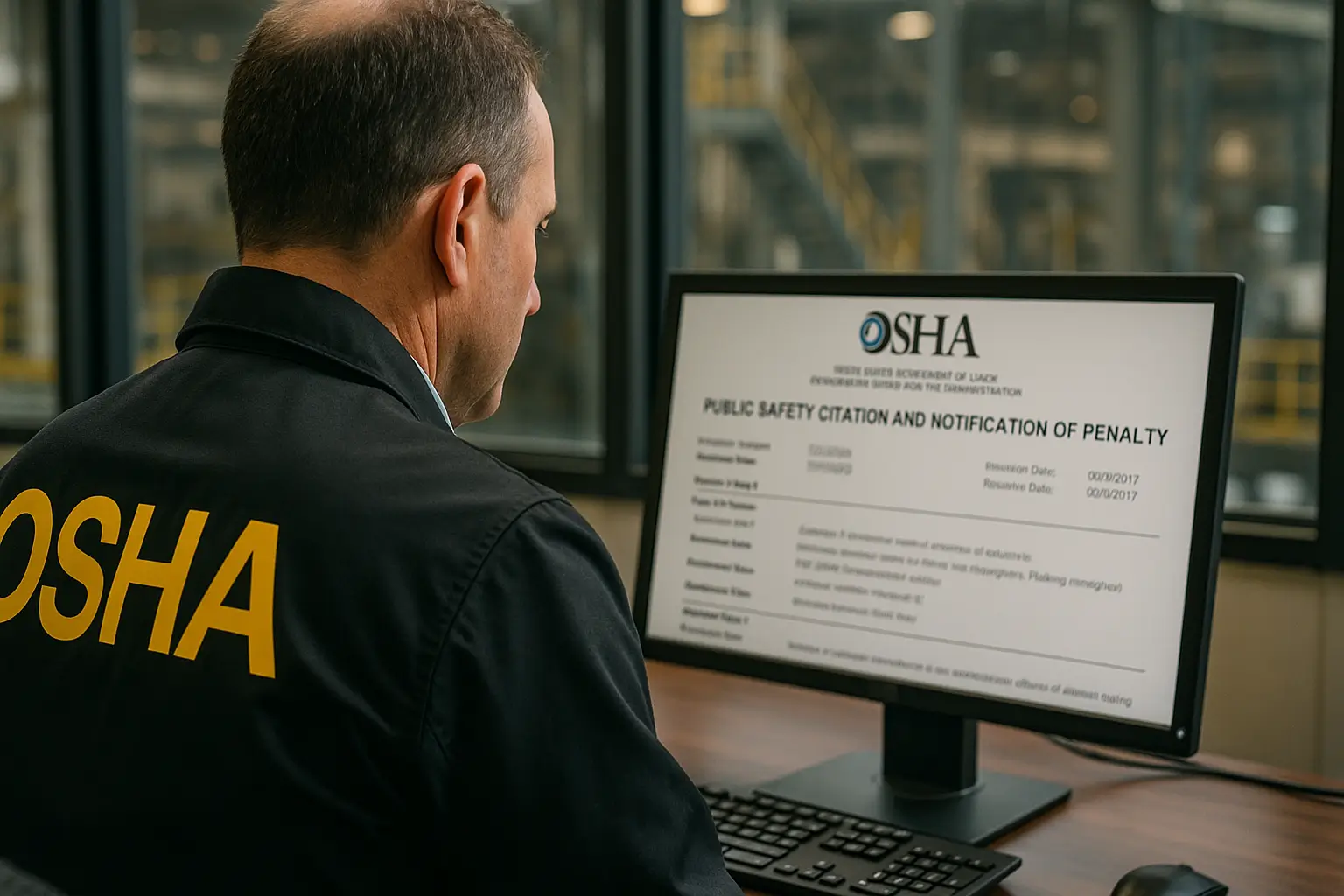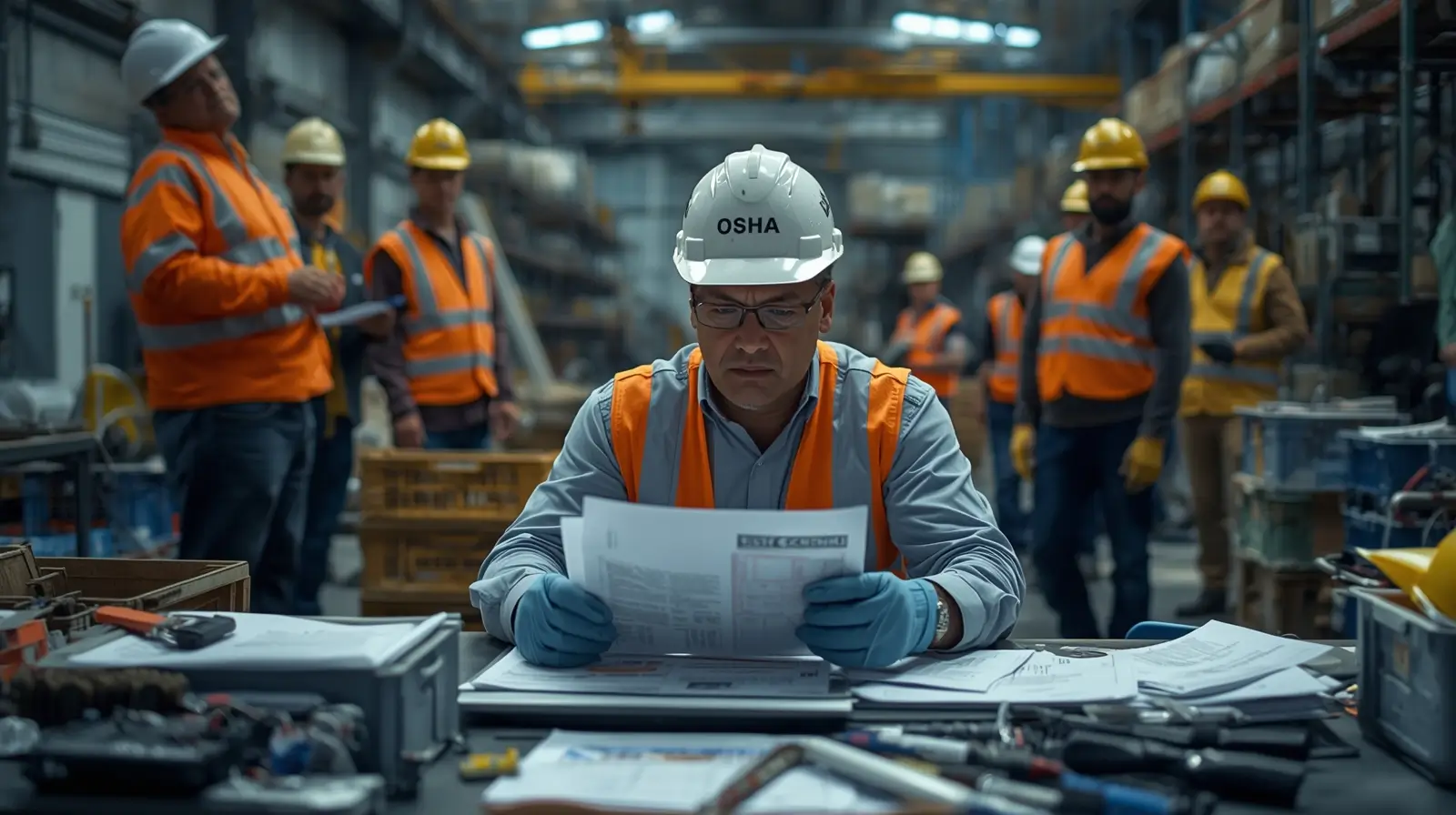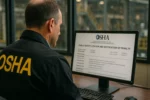The Occupational Safety and Health Administration (OSHA) plays a vital role in maintaining safe and healthy working environments across the United States. By setting and enforcing safety standards, OSHA helps prevent workplace accidents, injuries, and illnesses.
When an employer fails to comply with these standards, OSHA may issue citations, penalties, or fines depending on the severity of the violation.
These citations often raise an important question: are OSHA violations available for the public to see? Understanding how OSHA records are shared, who can access them, and why this transparency exists is key to promoting accountability and improving overall workplace safety. So, read on to explore more about violations.
Understanding OSHA’s Role and Authority
The Occupational Safety and Health Administration (OSHA) was established under the Occupational Safety and Health Act of 1970 with a clear mission: to ensure safe and healthful working conditions for employees across the United States.
Operating under the U.S. Department of Labor, OSHA sets and enforces standards that employers must follow to protect workers from hazards such as unsafe machinery, toxic substances, and fall risks.
The agency also provides education, training, and assistance programs to help employers build stronger safety cultures within their organizations.
To fulfill its mandate, OSHA conducts inspections of millions of workplaces every year, prioritizing those with the highest risk of injury or death.
When inspectors identify violations, OSHA issues citations that describe the nature of the violation, proposed penalties, and deadlines for correction.
Violations can be classified as serious, willful, repeated, or other-than-serious depending on their severity and intent.
However, OSHA’s ultimate goal is not to punish but to drive compliance, encouraging employers to correct unsafe practices, adopt preventive measures, and maintain long-term workplace safety.
Are OSHA Violations Public Records?
Yes, OSHA violations are considered public records under the Freedom of Information Act (FOIA). This means that information about workplace inspections, citations, and penalties issued by OSHA is available for anyone to access.
The goal behind this transparency is to hold employers accountable for maintaining safe working conditions and to inform the public about workplace safety performance.
By making these records public, OSHA encourages safer practices across industries. Workers can check whether their employers have a history of safety violations, journalists can investigate safety trends, and even competitors can assess industry standards.
This open access helps create a culture of accountability, where companies are motivated to maintain compliance not only for regulatory reasons but also to protect their public reputation.
How to Find a Company’s OSHA Violation History
Finding a company’s OSHA violation history is straightforward and can be done through the official OSHA website.
Start by visiting the OSHA “Establishment Search” page on the U.S. Department of Labor’s site. Enter the company’s name, city, and state, along with a date range if you want to narrow the results.
Once you submit your query, you’ll see detailed information about any past inspections, citations, and penalties issued to that company.
For older or more detailed reports, you can also submit a FOIA request directly to OSHA or contact your local OSHA area office.
These offices can provide archived records or further clarification about specific cases, ensuring that workers, employers, and researchers have complete access to a company’s safety history.
Are Complaints and Whistleblower Identities Confidential?
Yes, while OSHA violation records are public, complaints and the identities of those who file them remain strictly confidential under federal law.
Workers can report unsafe or unhealthy conditions anonymously, and OSHA is legally obligated to protect their identity from being disclosed to the employer or anyone else.
This protection is reinforced by Section 11(c) of the Occupational Safety and Health Act, which prohibits employers from retaliating against employees who report hazards, request inspections, or cooperate with OSHA investigations.
These safeguards ensure that workers can speak up about safety concerns without fear of losing their jobs or facing workplace retaliation.
What Information Is Publicly Available
When you access OSHA’s public records, you can view a wide range of useful data related to workplace inspections and violations. This includes the company’s name and address, allowing you to identify where the inspection took place.
You will also see the type of inspection, such as whether it resulted from a worker complaint, a referral, or a routine check.
Each record outlines the nature and category of the violation, for example, whether it was classified as serious, willful, repeated, or other-than-serious.
Additionally, OSHA lists the proposed penalties, abatement deadlines, and the current case status, which may indicate whether it’s open, closed, or being contested. While the database provides transparency into workplace safety practices, OSHA strictly excludes confidential details, including employee names or any personal identifiers, to protect workers’ privacy.
Why Public Access to OSHA Records Is Important
Public access to OSHA data plays a vital role in promoting workplace safety and accountability.
By making violation records transparent, employers are encouraged to uphold higher safety standards to avoid public scrutiny and reputational damage.
Workers can also use this information to make informed decisions about where to work, ensuring they join companies that prioritize health and safety.
Beyond that, journalists, researchers, and safety advocates rely on this data to identify trends, highlight recurring hazards, and push for stronger safety measures across industries.
In essence, it’s a system built to protect workers and reward compliance through visibility.
What to Do If You Suspect a Violation
If you believe your workplace is unsafe or violating OSHA standards, you can file a complaint directly through OSHA’s website, by phone, mail, or in person at a local OSHA office.
Workers can request that their identity remain confidential to avoid retaliation.
Employers, on the other hand, should act immediately to correct any reported hazards before they escalate into citations.
Ignoring or repeating violations not only leads to heavier fines but can also harm a company’s reputation, raise insurance premiums, and impact eligibility for contracts or public projects.
Proactive compliance is always better than reactive correction.
Conclusion
OSHA’s public records play a vital role in maintaining transparency, accountability, and trust in workplace safety.
By making violation data accessible, OSHA empowers workers to make informed choices, encourages employers to uphold compliance, and allows regulators and advocates to identify trends before accidents happen.
While violations are public, the system also protects the privacy of employees who report hazards, ensuring both openness and protection coexist.
Ultimately, public access to OSHA information isn’t about punishment; it’s about building safer, more responsible workplaces for everyone.
Want to Understand OSHA Adherence Better?
Enroll in our OSHA 10-Hour or 30-Hour Online Training and learn to maintain a safe, compliant workplace with confidence.
💡 Start My OSHA Course









